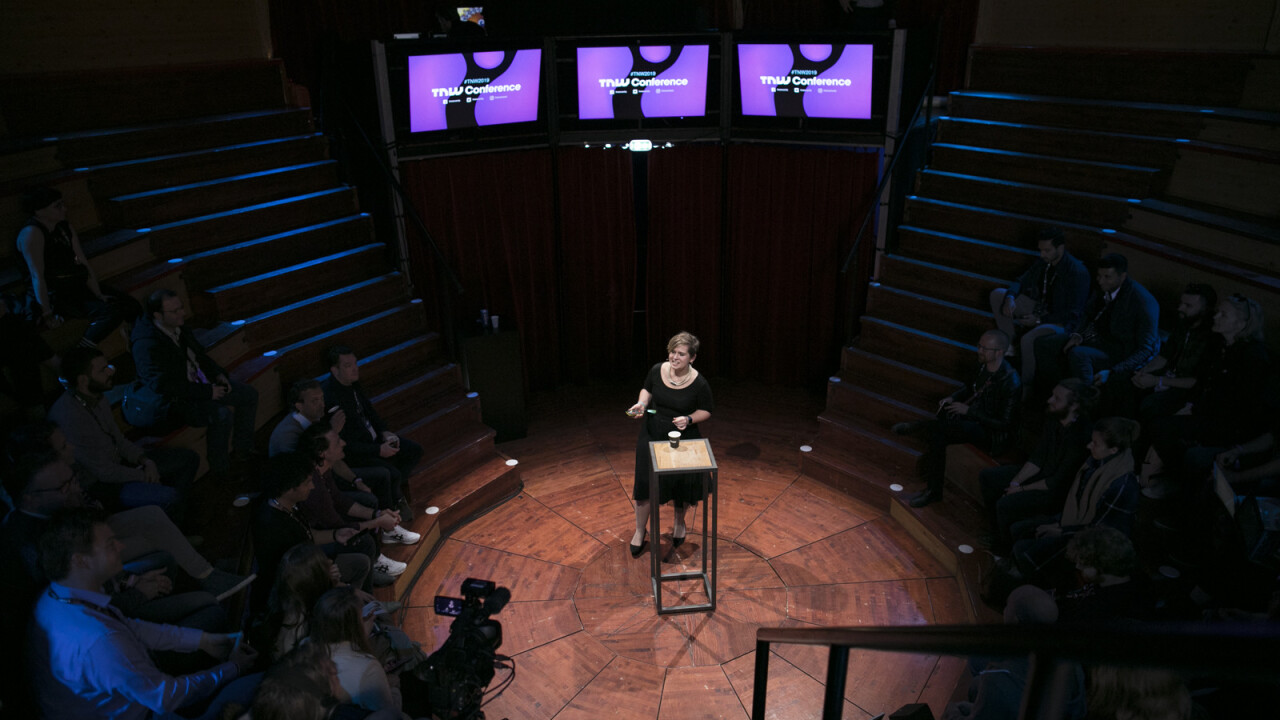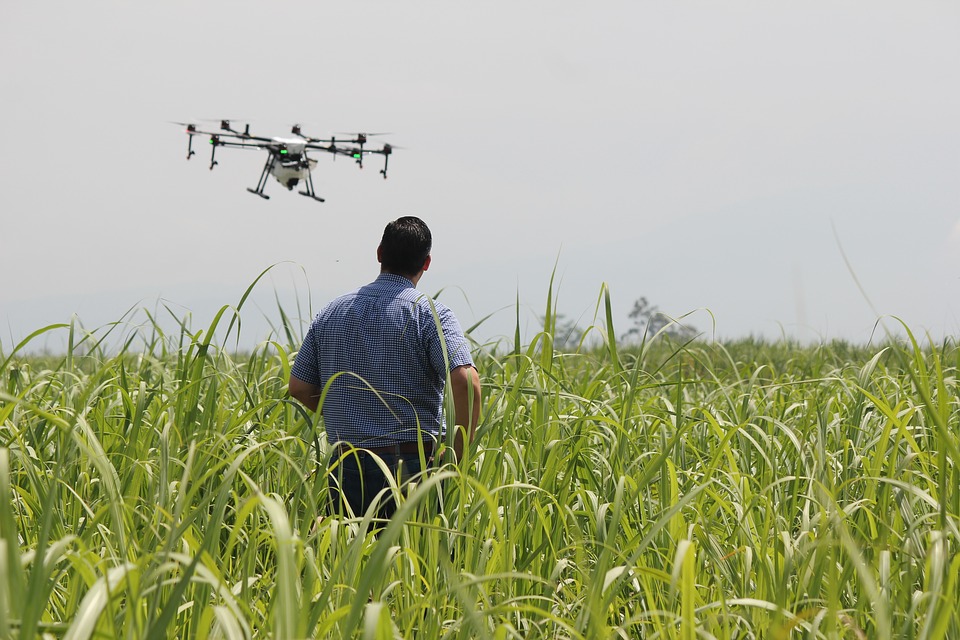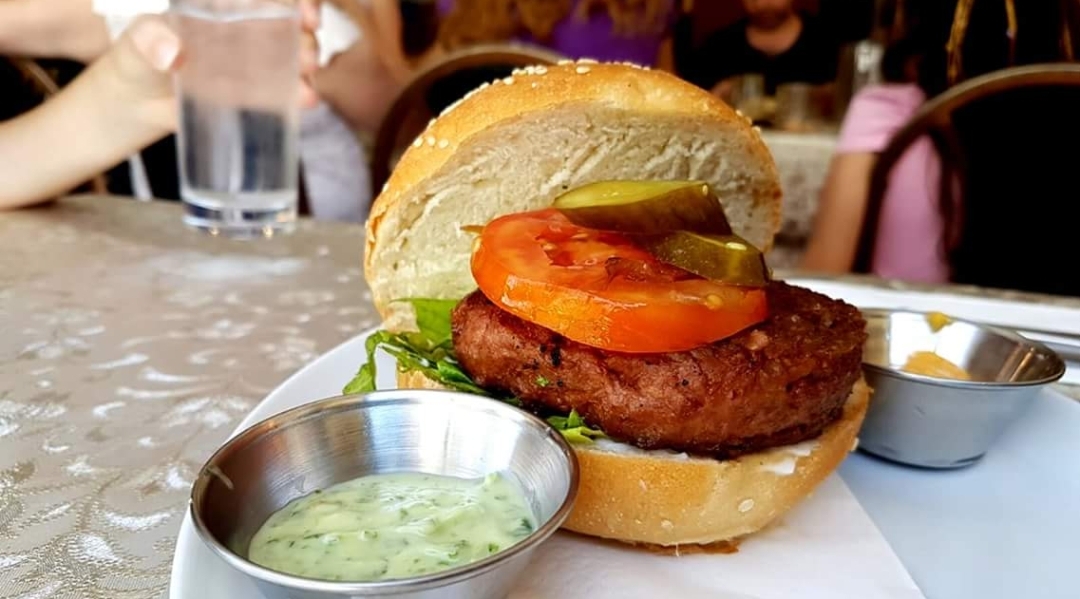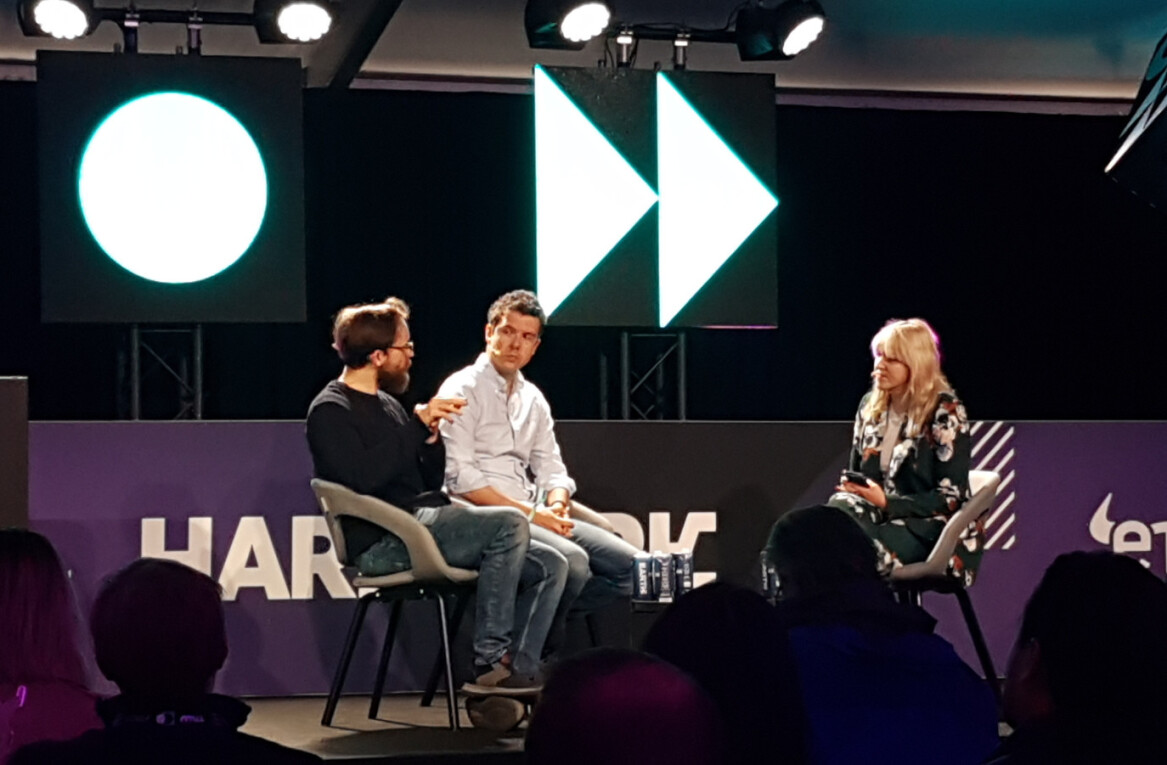
As someone who gets way too excited about delicious food, it really pains me to admit that our modern diets are the largest cause of climate change and biodiversity loss in existence. While it’s usually easier to be blissfully ignorant, yesterday at TNW Conference I received the wake-up call I (reluctantly) needed.
On stage was Eva Gladek, the founder and CEO of sustainability consultancy, Metabolic. Gladek made it clear that the current global food system is killing the planet — and she didn’t shy away from sharing the damage our eating habits have caused.
“25-30 percent of greenhouse gases are linked to the food system, 50 percent of the planet’s surface that can support plant life is devoted to producing food, and we’ve exploited over 90 percent of fish in our oceans,” she explained. And if that wasn’t enough to instill fear, Gladek believes with the population growing, diets changing, and wealth increasing, we’ll have to double the output of food by 2050.
Despite the grim outlook, Gladek is optimistic that we still have time to right our wrongs. “Even though we have very little time left, we still have that window where we can really turn things around and make a change,” she explained. “Technology has to be one of the pathways forward.”
Precision agriculture
The first of three tech categories Gladek believes can help us create a sustainable food future is precision agriculture. By using AI and robotics, you can now deliver exactly the right amount of chemicals to help plants grow.
Satellites and sensing technologies can also tell you exactly when and where you should plant. As Gladek explained: “In some cases, due to weather patterns, planting crops just seven days earlier can increase a crop’s yield by 50 percent.”

Vertical farming
Another area of tech that could improve the future of food is vertical farming. Not only can it produce significantly more food per unit of area, feeding more people, but it also can save a substantial amount of precious water.
Gladek was quick to admit that not all vertical farms are good for the environment, though, due to the energy they demand. However, as seen with Singapore Sky Greens — the world’s first low carbon hydraulic commercial farming system — she’s certain of the tech’s potential if applied in the right way.

Sustainable consumption and dietary shift
While changing people’s eating patterns is no easy feat, there are lots of technologies emerging to facilitate this. With meat replacements like the Impossible Burger that actually tastes like real meat, (I tried it in New York and was blown away) and lab-grown meat slowly becoming more affordable, Gladek believes it’s not long before there are sustainable solutions around that people actually enjoy.

It’s clear that tech will play a big part in cleaning up the mess we’ve created. But as Gladek insisted, it’s our choices that’ll have the biggest influence on our future. We need to get better at considering the long-term effects of our decisions and the technologies we create. “Without that, we’re not going to have a planet that we can share with future generations.”
Enjoying TNW2019? Don’t miss out on the next edition – get tickets for 50% off!
Get the TNW newsletter
Get the most important tech news in your inbox each week.




